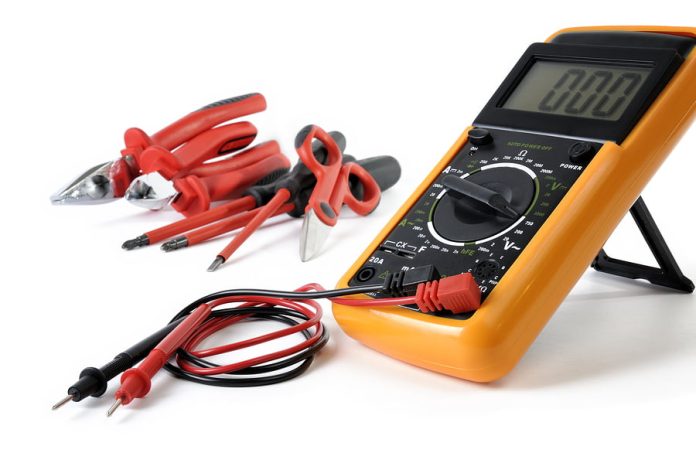Testing for current is more of a challenge than testing for voltage. This is because the current meter needs to become part of the circuit – there are going to be times a Hall Effect DMM may be the best choice.
You need to ensure you pick the correct current range – that means you need to understand your tool – sometimes the settings can be opaque. Selecting the wrong current range or shorting a load under test to ground are probably the 2 main ways techs can accidentally damage multimeters – if in doubt, select a higher rating on the dial.
A particular benefit of accurate current measurements is that they allow you to calculate the total wattage being consumed by a device. You can work this figure out by multiplying the current by the applied voltage and if you compare this figure to the specified wattage of the device you can also establish whether or not there’s a leak or a short in the circuit.
It’s also possible to detect parasitic currents that could drain the battery, or increase the system’s power use. In complex, legacy electrical solutions, it’s almost inevitable there will be inadvertent electrical paths and only time consuming maintenance procedures will allow you to find them.
#sen.news











